PRESENTATION: Unfolding the Dynamics of Modern Ceramics in Korea
 The exhibition “Unfolding the Dynamics of Modern Ceramics in Korea” showcases the story of Korean ceramic art from the 1950s to the present, exploring how ceramics have responded to Korea’s dynamic societal changes while preserving and advancing traditional values. Ko Yuseop (Korea’s first art historian, who described tradition as “always newly understood in the now of forever” in a world that is ever changing, the exhibition highlights how modern ceramics have embraced tradition while adapting to the changing times.
The exhibition “Unfolding the Dynamics of Modern Ceramics in Korea” showcases the story of Korean ceramic art from the 1950s to the present, exploring how ceramics have responded to Korea’s dynamic societal changes while preserving and advancing traditional values. Ko Yuseop (Korea’s first art historian, who described tradition as “always newly understood in the now of forever” in a world that is ever changing, the exhibition highlights how modern ceramics have embraced tradition while adapting to the changing times.
By Dimitris Lempesis
Photo: MMCA Archive
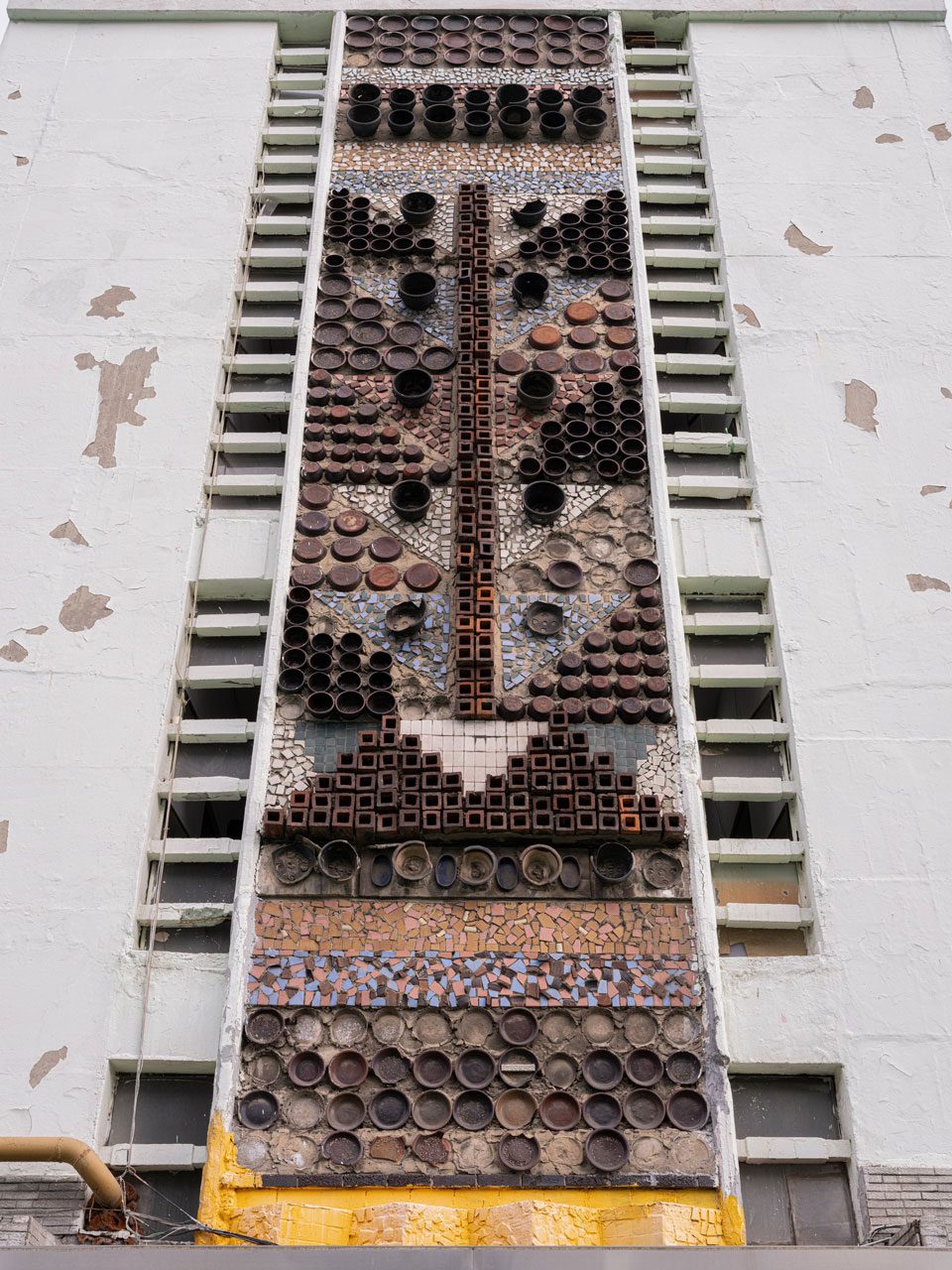
Modern ceramics have significantly impacted various domains, including cultural heritage, design, industry, architecture, and art. However, they are often narrowly regarded for their techniques and forms. The exhibition, “Unfolding the Dynamics of Modern Ceramics in Korea”, with works by 73 artists seeks to present a more comprehensive perspective, showcasing the multifaceted expressions of ceramics and their reflection of societal and cultural changes in Korea. Organized chronologically, the exhibition comprises a prologue and three sections, featuring a diverse range of works such as traditional pottery, ceramic paintings, architectural ceramics, sculptures, and installations. “Prologue: The Beginnings of Modernity”: The journey begins in the 1950s, a transformative period for Korean ceramics during the nation’s recovery from Japanese colonial rule and the Korean War. Key institutions like the Korean Art Society, affiliated with the National Museum of Korea, preserved the legacy of Joseon white porcelain through the Seongbuk-dong Kiln. Similarly, the Daebang-dong Kiln, operated by the Korean Research Center of Ceramic Arts Ware and sculptor Yun Hyojoong, continued the Goryeo celadon tradition. Significant works such as the “White Porcelain Ashtray with Bukdan sanjang Painted in Underglaze Blue” (1950s–1960s) and the *Celadon Vase with Inlaid Human Figure Design* (late 1950s) highlight how these traditions were sustained across different kilns. Archival materials from the Korea Handicraft Demonstration Center (KHDC) reveal how ceramics were adapted for export to support national industrial growth. “The Pursuit of Identity”: In the 1960s and 1970s, Korean ceramics embraced modern characteristics as the government promoted a national revival policy to establish cultural identity. This era witnessed the revival of traditional ceramics and collaborations between ceramicists and painters, producing notable blue-and-white porcelain works. The exhibition features 12 newly unveiled pieces from the “Painting on Ceramic” series within the MMCA Lee Kun-hee Collection, created by ceramic artist Ahn Dongoh and painters Seo Seok and Kim Kichang. Other highlights include Yoo Keunhyung’s “Celadon Hexagonal Flowerpot with Inlaid Plant Design: (1973) and innovative works by Kim Yikyung, Yoon Kwangcho, and Cho Chunghyun, who advanced the aesthetic and sculptural dimensions of white porcelain, buncheong ware, and onggi. Additionally, architectural ceramics from urbanization and industrialization during this time, such as those adorning the *Sewoon Arcade* (1967) and the *Oyang Building* (1964), demonstrate the integration of ceramics into Korea’s evolving cityscapes. “Ceramics as Art”: The 1980s and 1990s marked a period when Korea embraced global art styles, catalyzed by international events like the 1988 Seoul Olympics. Pioneers such as Chung Damsun and Kim Sukwhan laid the groundwork for ceramic sculpture, showcasing the versatile possibilities of clay. The exhibition includes large-scale installations by Shin Sangho, Bae Jinhwan, and Yuh Sunkoo, alongside ceramic works serving as canvases, such as those by Hahn Aikyu and members of the Sinawi Ceramics Group. Influenced by postmodernism, artists like Lee Seyoung, Lee Inchin, and Lee Soojong established a “studio craft” system, empowering creative freedom. This era also saw the rise of aesthetic lifestyle ceramics, exemplified by brands like Kwangjuyo and Yi Yoonshin’s Yido, which met the increasing demand for handmade ceramics during and after the 1997 financial crisis. “Shifting Tradition”: In the 21st century, modern ceramics embrace pluralism, hybridity, and decolonization. Artists such as Ju Sekyun, Yoo Eui-jeong, and Kim Junmyeong, who gained international recognition at craft biennales, exemplify the contemporary relevance of traditional ceramics. Experimental works by Kim Jihye and Oh Serin integrate digital technology to reinterpret culture through a humanities lens. Themes of environmental and communal awareness are explored by artists like Sim Daeun and Kim Jin. Post-pandemic, ceramic artists such as Kim Deokho and Lee Inhwa from Studio Sohman, along with collectives like Moondobang and Deux garçons, are expanding the role of ceramics in society, fostering collaboration and communication through innovative practices. This exhibition offers an enlightening journey through the evolution of Korean ceramics, celebrating their enduring legacy and dynamic transformation across decades.
Photo: Kim Jin, Love, Potato, Labor, 2022, Porcelain clay (slip-casting, liquid gold, stain), painted plywood, concrete, plexiglass, stainless steel, Dimensions variable, Courtesy of the Artist
Info: The National Museum of Modern and Contemporary Art, Korea (MMCA), 313 Gwangmyeong-ro, Gwacheon, Gyeonggi-do, South Korea, Duration: 21/11/2024-6/5/2025, Days & Hours: Tue-Sun 10:00-18:00, www.mmca.go.kr/
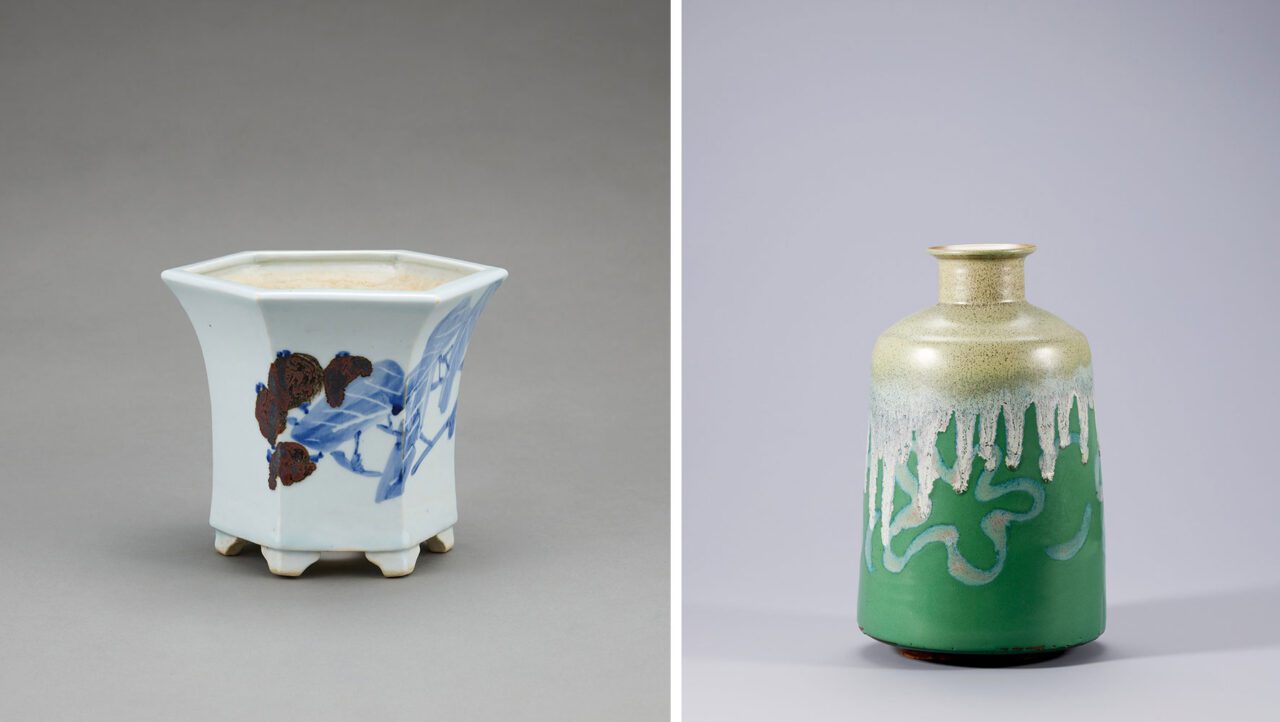
Right: Kim Jaesuk, Vase, Date Unknown, Color glazed on porcelain clay, 29.5×18×18cm, C&S Collection
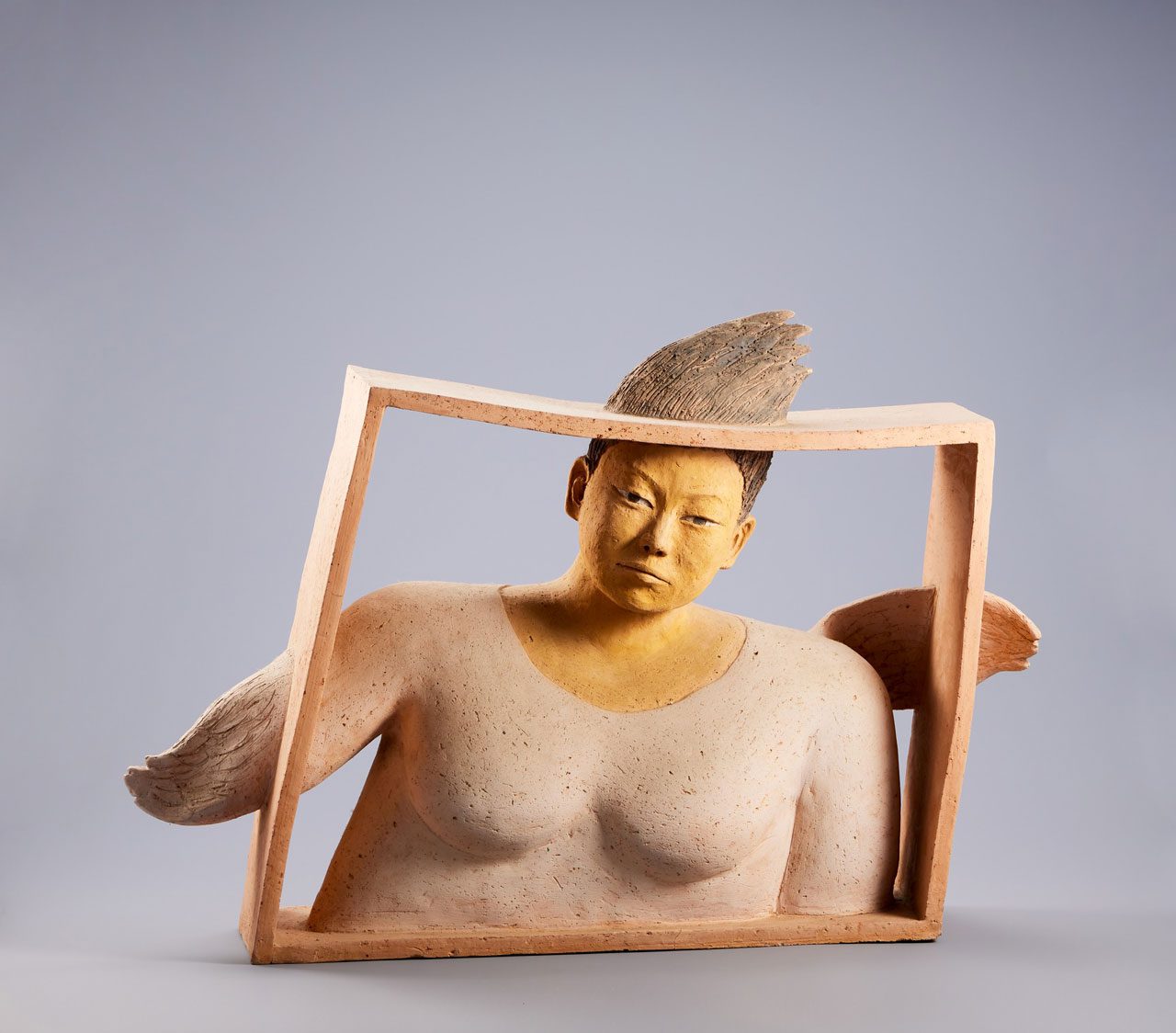
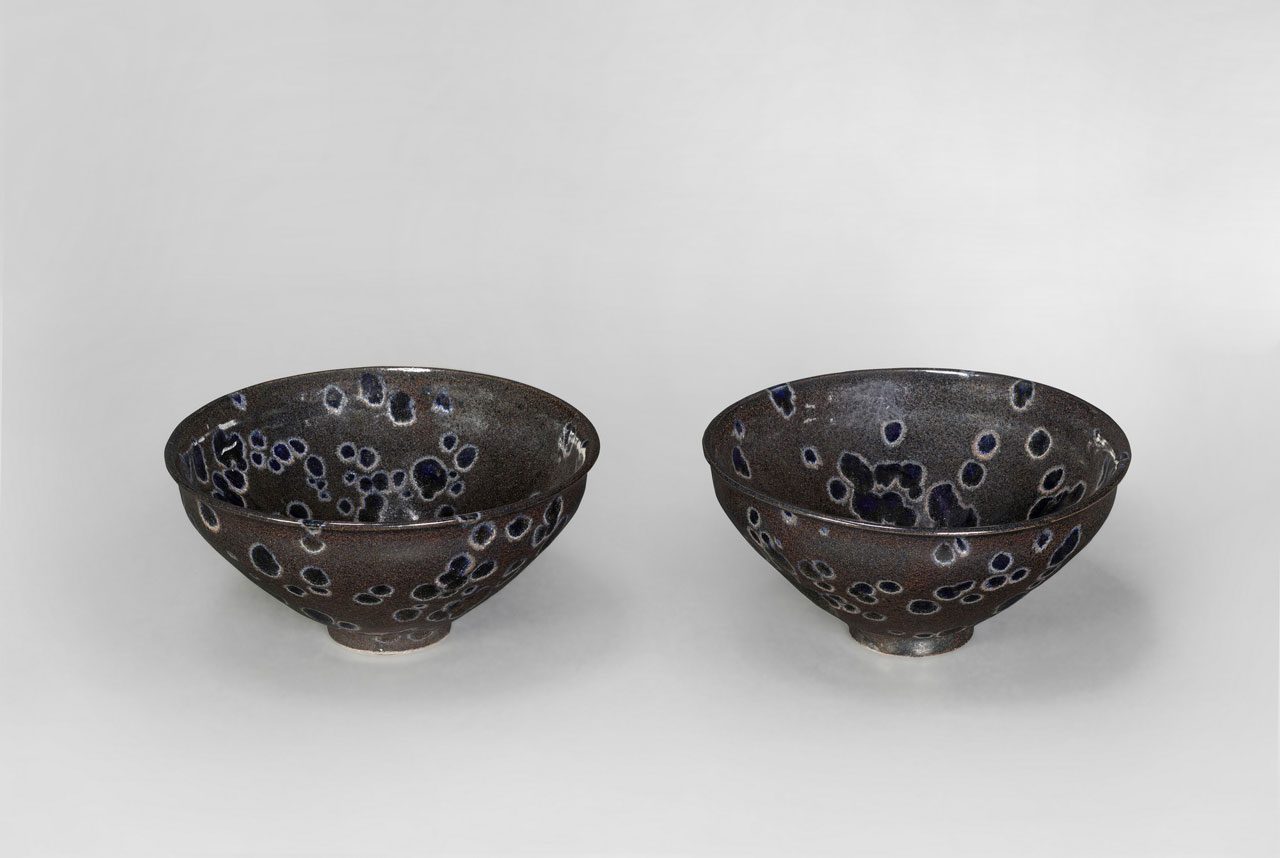
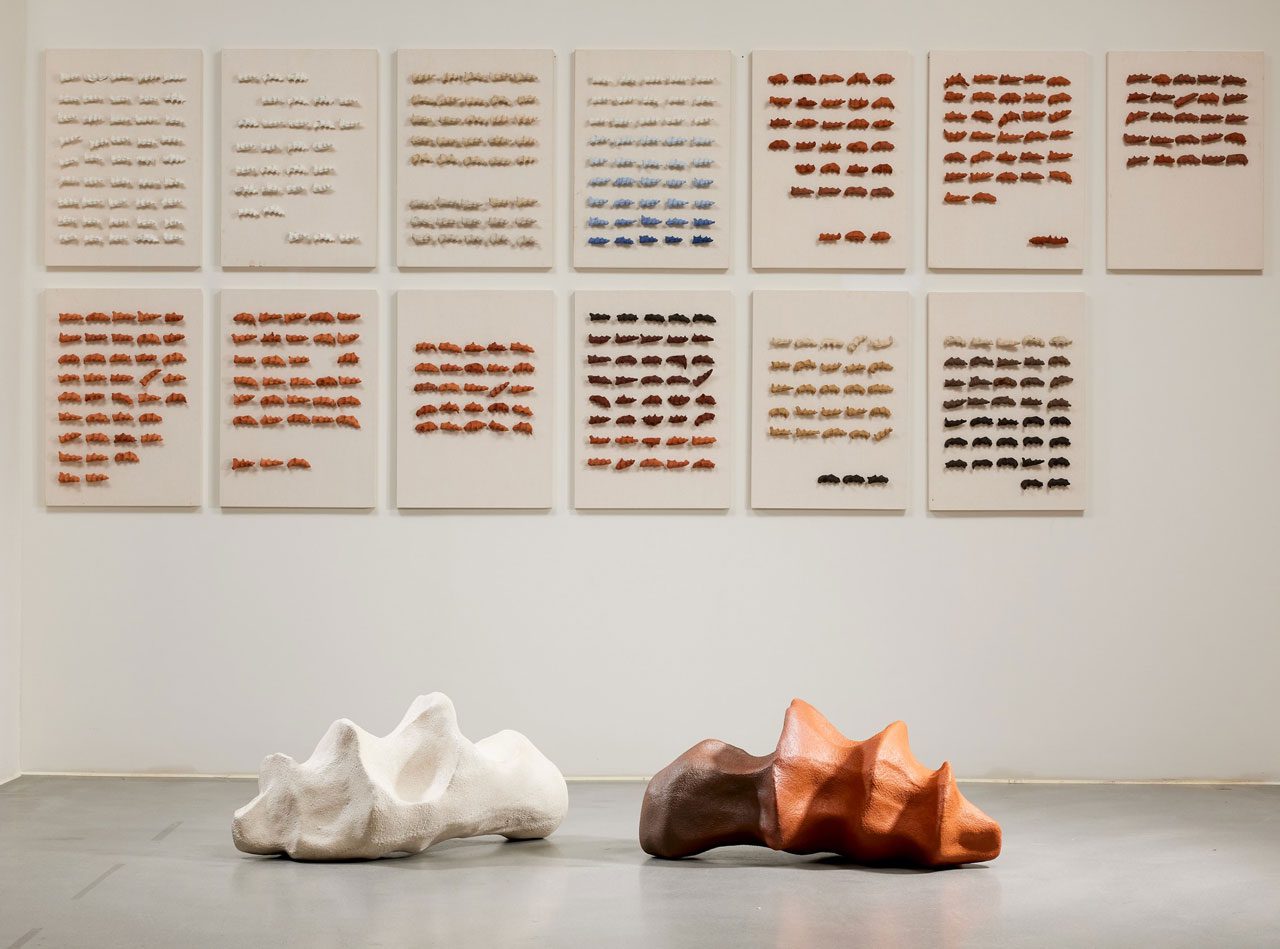
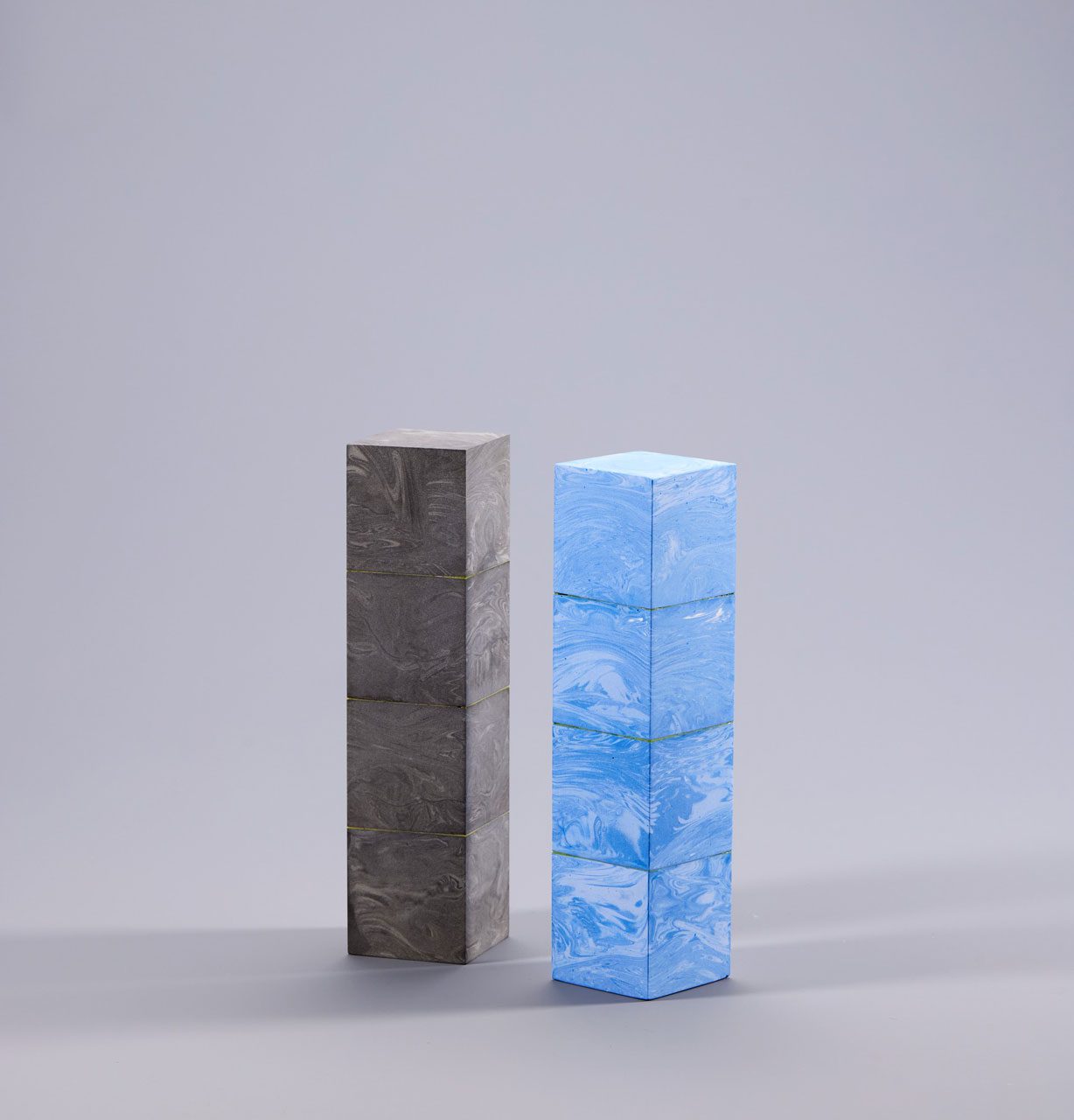







Right: Shin Sangho, Head Series, 1994, Color painted on mixed clay, Dimensions variable, Courtesy of the Artist
